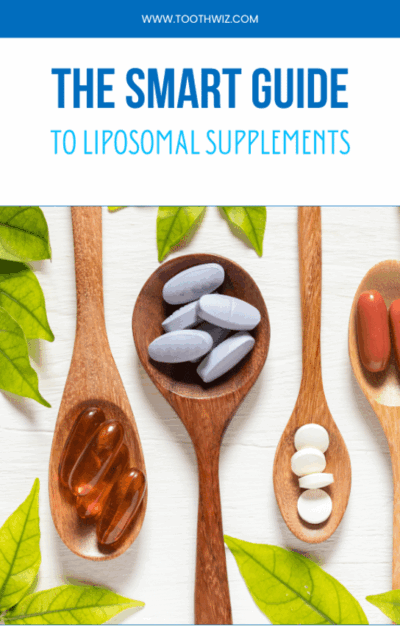Preventive Care

Preventive Care: The Foundation of Lifelong Wellness
Preventive care is the cornerstone of good health, extending beyond general well-being to include your oral health. A proactive approach to preventing dental issues not only keeps your smile bright but also supports overall health. In this article, we’ll explore the significance of preventive care and outline key steps to maintain a healthy smile.
The Importance of Preventive Care
Preventive care focuses on stopping problems before they start. In dentistry, this approach ensures that dental issues are detected and treated early, reducing the risk of more severe problems in the future. Here are some key benefits of preventive care:
- Early Detection: Regular dental check-ups catch problems like cavities and gum disease early, allowing for simpler and less invasive treatments.
- Cost Savings: By avoiding complex dental procedures, preventive care can save you money in the long run.
- Overall Health: Oral health is closely linked to overall health. Good oral hygiene reduces the risk of systemic conditions such as heart disease and diabetes.
- Preservation of Natural Teeth: Preventive measures help keep your natural teeth intact, crucial for maintaining proper function and aesthetics.
Key Components of Preventive Care
- Regular Dental Check-ups: Routine visits, usually every six months, are the foundation of preventive care. Your dentist will check for cavities, gum disease, and other oral issues during these exams.
- Professional Cleanings: Dental hygienists remove plaque and tartar that regular brushing and flossing can’t reach, keeping your teeth clean and healthy.
- Oral Hygiene Education: Learn proper brushing and flossing techniques to enhance your at-home care from your dental team.
- Dental X-rays: These diagnostic tools help identify hidden problems, like cavities between teeth, that are not visible during an exam.
- Fluoride-Free Strengthening Treatments: Consider natural remineralizing treatments, like those containing hydroxyapatite or calcium phosphates, which help strengthen enamel without fluoride.
- Sealants: Protective coatings applied to molars help prevent cavities, especially in children.
Personal Preventive Measures
Preventive care doesn’t stop at the dentist’s office. You can take proactive steps at home to maintain optimal oral health:
- Brush Twice a Day: Use a soft-bristle toothbrush and a natural toothpaste designed to strengthen enamel.
- Floss Daily: Flossing removes plaque and food particles from between teeth and below the gumline, where your toothbrush can’t reach.
- Eat a Balanced Diet: A diet rich in fruits, vegetables, lean proteins, and whole grains supports your teeth and gums. Limit sugary and acidic foods and beverages that can damage enamel.
- Limit Alcohol and Tobacco: Both can harm your oral and overall health.
- Stay Hydrated: Drinking water helps rinse away food particles and keeps saliva flowing, which protects against decay.
Brush After Meals for Optimal Oral Health
Good oral hygiene goes beyond brushing twice daily. Brushing after meals can enhance your oral health, removing food particles and acids before they cause damage. Ideally, wait about twenty minutes after eating before brushing to protect your enamel. Let’s explore the benefits and practical tips for incorporating post-meal brushing into your routine.
The Benefits of Post-Meal Brushing
- Cavity Prevention: Bacteria feed on leftover food particles, producing acids that weaken enamel. Brushing after meals helps reduce this risk.
- Fresh Breath: Brushing eliminates food residues and odors, keeping your breath fresh.
- Gum Health: Removing plaque and food debris after meals helps protect your gums from disease.
Tips for Practical Post-Meal Brushing
If waiting twenty minutes after meals isn’t feasible, here are some tips to make post-meal brushing more manageable:
- Rinse with Water: Swish water around your mouth to help remove some food particles and acids if you can’t brush immediately.
- Chew Sugarless Gum: Chewing gum stimulates saliva production, which naturally cleanses your mouth.
- Carry a Travel Toothbrush: Keep a travel toothbrush and toothpaste in your bag or at work for quick, convenient brushing on the go.
- Use Disposable Tooth Wipes: These wipes are easy to use when you’re away from home, helping freshen your mouth and reduce plaque buildup.
Remember to brush gently to protect your enamel, using a soft-bristle toothbrush and mindful technique.
Embrace Preventive Care for Lifelong Wellness
Preventive care is more than maintaining a beautiful smile—it’s about safeguarding your overall health. By partnering with your dentist and embracing preventive measures, you can reduce your risk of dental problems and enjoy a lifetime of optimal oral health.
